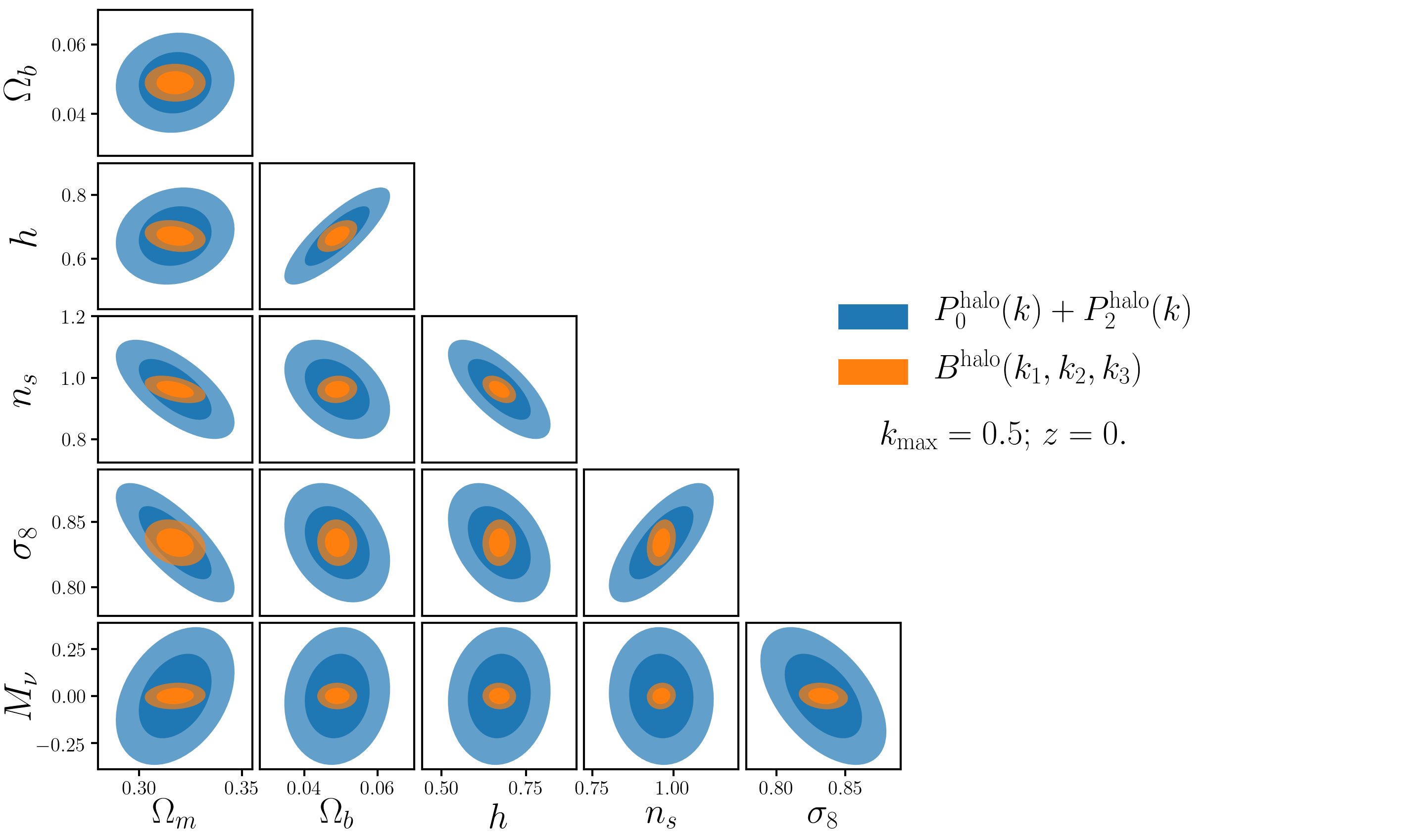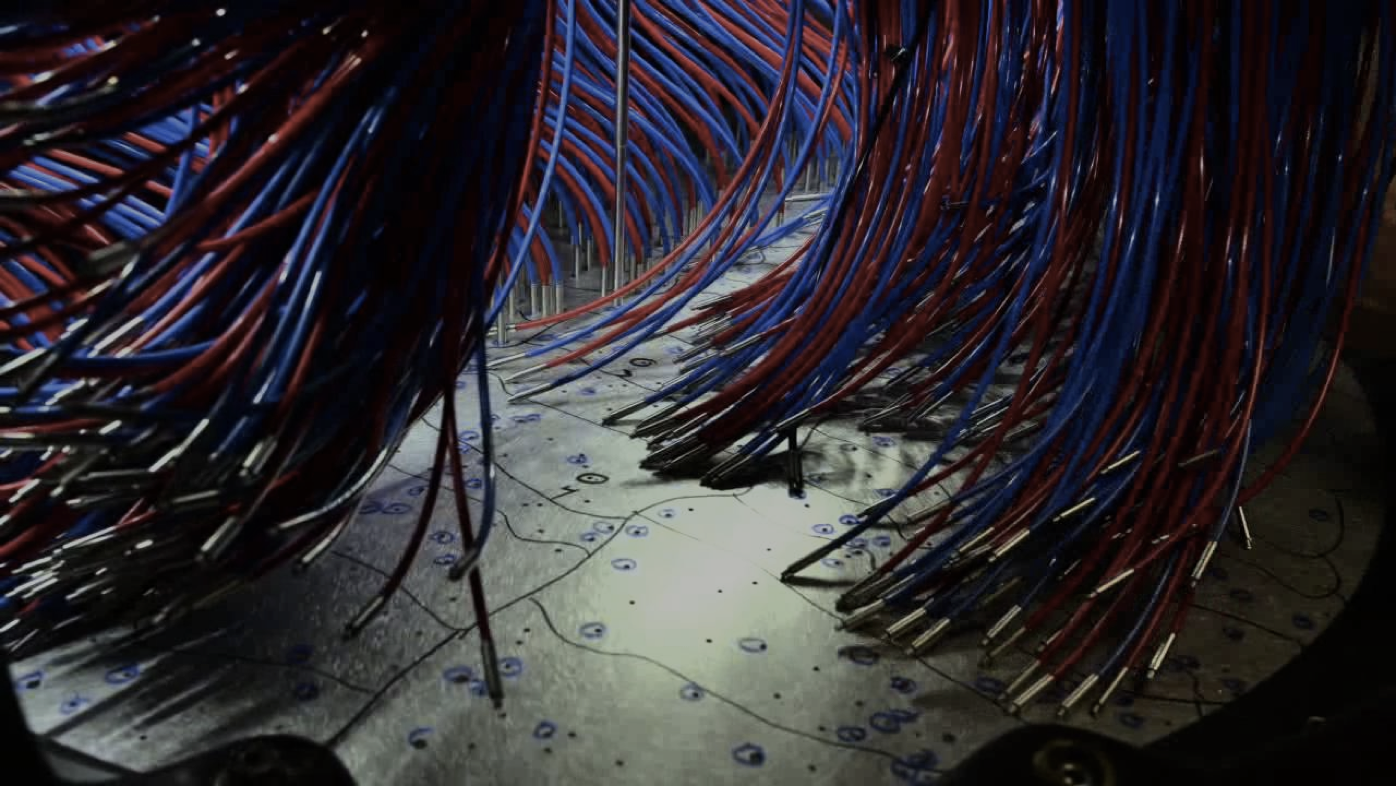
ChangHoon Hahn
PFS: Prime Focus Spectrograph
The Prime Focus Spectrograph (PFS) is the first massively-multiplexeed spectrograph on a large aperture telescope (8.2m Subaru Telescope). It offers a unique opportunity to address fundamental questions about role of dark matter and dark energy in cosmic evolution. The Subaru Strategic Program will use PFS to conduct a 360 night survey over 5 years. It comprises three interlocking science themes - Cosmology, Galaxy Evolution, and Galactic Archaeology - that will test the standard LCDM model from kpc to Gpc scales and cosmic epochs from the present to the end of cosmic reionization. The PFS Cosmology Survey will deliver four million redshifts of OII emitting galaxies over 1200 deg2 and across the redshift range 0.6 to 2.4. It will provide a high number density galaxy sample over an extensive redshift range beyond other surveys (DESI, Euclid). It will make precise measurements of the cosmic expansion rate to constrain the nature of dark energy and the curvature of the Universe. The 3D clustering of galaxies will also determine the sum of neutrino masses to 0.02 eV precision and test modifications to General Relativity. The PFS Cosmology Survey is currently led by ChangHoon Hahn and Tomomi Sunayama.Dark Energy Spectroscopic Instrument
 Over the next five years, DESI
will measure the spectra of more than 30 million galaxies and provide a
detailed 3D map of the Universe -- more than 10x larger than its
predecessor.
We will precisely measure the spatial clustering of galaxies and,
through redshift-space distortions (RSD) and the Baryon Acoustic
Oscillations (BAO), we will (1) probe the nature of dark energy, (2)
tests of General Relativity and modified gravity, and (3) measure the
sum of neutrino masses.
Over the next five years, DESI
will measure the spectra of more than 30 million galaxies and provide a
detailed 3D map of the Universe -- more than 10x larger than its
predecessor.
We will precisely measure the spatial clustering of galaxies and,
through redshift-space distortions (RSD) and the Baryon Acoustic
Oscillations (BAO), we will (1) probe the nature of dark energy, (2)
tests of General Relativity and modified gravity, and (3) measure the
sum of neutrino masses.
At low redshifts z<0.6, when Dark Energy becomes dominant and model predictions vary most strongly, DESI is conducting the Bright Galaxy Survey (BGS). BGS will observe a magnitude-limited sample of >10 million galaxies over a third of the sky. For the past two years, I've been serving as a co-chair of the BGS working group where I've established the final target selection, design, and strategy of the survey. BGS will enable the most precise measurements of BAO and RSD at z<0.6 and provide the maximum leverage against constraints from high redshift and CMB experiments. In addition, BGS will also provide exciting opportunities for new multi-tracer methods and small-scale clustering analyses.
For more information on DESI check out our website and some videos: DESI by the numbers, 5000 Robots Map the Universe, Hunt for Dark Energy.
Neutrinos
Galaxy clustering provides a unique opportunity to probe fundamental particle physics. Neutrinos suppress the growth of structure on small scales and leave imprints on the galaxy distribution that can be measured to constrain the sum of neutrino masses, Mν. Constraints from cosmology already place significantly tighter constraints than particle physics laboratory experiments. With more precise Mν constraint, we will be able to distinguish between the neutrino mass hierarchies and probe particle physics beyond the Standard Model.The best cosmological constraints currently come from combining CMB and galaxy clustering. In the future, however, improvements in Mν will primarily come from galaxy clustering experiments since upcoming CMB experiments will be severely limited by the degeneracy between Mν and the optical depth of reionization. The main challenge is that the standard two-point galaxy clustering analyses are limited by degeneracies between Mν and other cosmological parameters. In [1909.11107] and [2012.02200], I demonstrated that higher order statistics, such as the bispectrum, break these degeneracies and tightly constrain Mν. In fact, I found that a galaxy bispectrum analysis can constrain Mν >5x tighter than the standard analysis.

Now that I've demonstrated the potential of the bispectrum and higher-order statistics, I am building the foundation for a full bispectrum analysis of DESI to constrain Mν using a forward modeling approach with simulation-based inference. A full bispectrum analysis of BOSS that will demonstrate the entire framework is coming soon!
Large-Scale Structure
Before DESI, I was a part of SDSS-III BOSS and SDSS-IV eBOSS, where I worked on a wide variety of problems in large-scale structure analyses.Fiber-fed spectrographs are essential for collecting millions of redshifts in modern galaxy surveys. Fibers, however, can't be placed close to each other on the focal plane, which biases galaxy clustering and prevents accurate constraints on cosmological parameters. I developed methods that successfully account for this "fiber collision" down to smaller scales than ever before [1609.01714].

I've also worked on measuring galaxy clustering of luminous red galaxies [1607.05383] and constructing cosmological simulations used for cosmological parameters inference in the BOSS analyses [1509.06404, 1612.06918, 1701.03765].